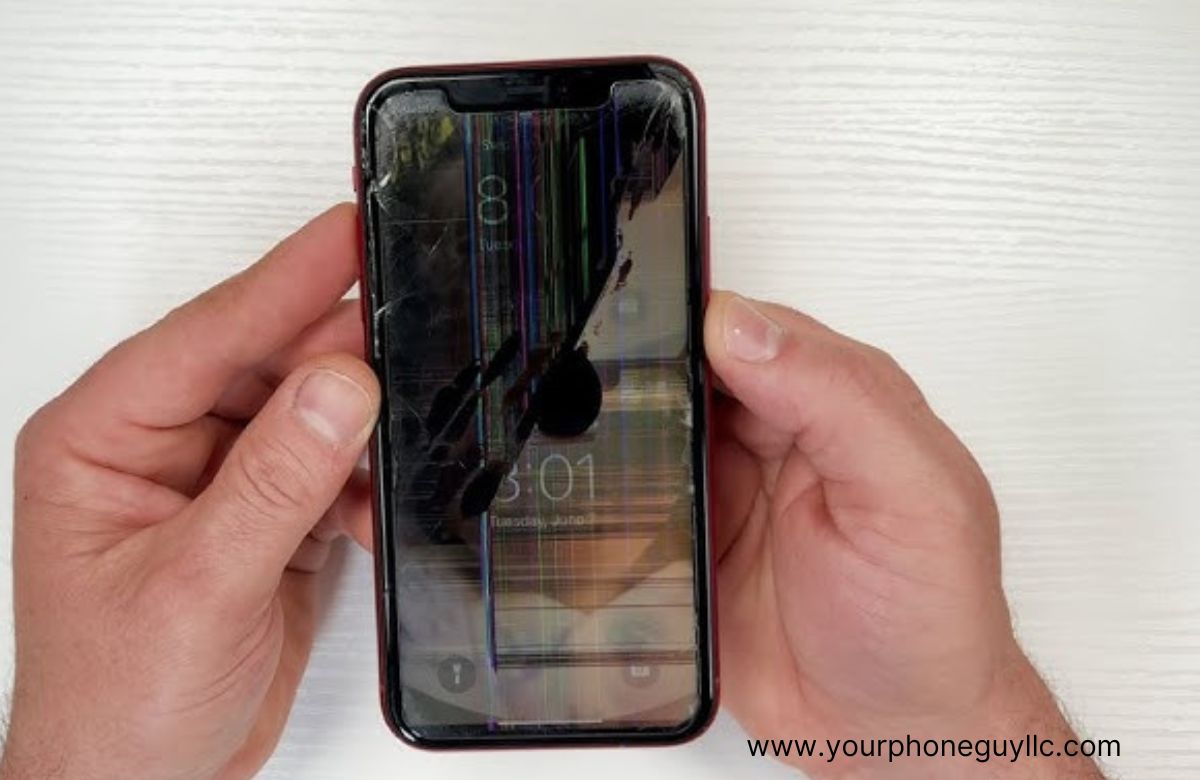What Are Types Of Phone Screen Damages?
In today's digital era, smartphones have become an integral part of our lives, serving as our communication hub, personal organizer, entertainment device, and much more. However, the delicate nature of these devices makes them susceptible to a variety of damages. One of the most common types of phone damages is screen damage.
Phone screens are vulnerable to various damages including cracks, scratches, dead pixels, burn-in, water damage, touchscreen sensitivity issues, and lifted corners. Cracks and shatters result from drops and impacts, while scratches accumulate from regular use. Dead pixels are unlit dots on the screen, caused by defects or damage. Burn-in affects OLED screens with persistent images. Water damage distorts screens, and touchscreen problems lead to unresponsiveness. Lifted corners occur from pressure on edge-to-edge screens. Understanding these damages highlights the need for protection and timely repairs.
Types of Phone Screen Damages
Let's delve into the various types of phone screen damages that users often encounter and explore how cell phone damage can be prevented and repaired.
H3 Cracks and Shatters
Perhaps the most well-known and frequent type of phone screen damage is cracking or shattering. This can occur due to accidental drops, impacts, or pressure on the screen. Even though smartphone manufacturers have made significant advancements in designing durable screens, they are not entirely immune to cracks and shatters. Depending on the severity of the damage, cracks can range from minor cosmetic issues to complete screen fragmentation, rendering the device nearly unusable.
H3 Scratches
Scratches are another common form of screen damage. They can result from regular use, where keys, coins, or other abrasive materials come into contact with the screen. While scratches might not immediately impair the functionality of the device, they can accumulate over time, affecting the visual quality and potentially making the screen harder to read. They may also affect the phone's camera lens. Regularly cleaning it is one of the tips for protecting your iPhone camera lens.
H3 Dead Pixels
Dead pixels are individual pixels on the screen that fail to illuminate, appearing as small black dots. They can be caused by manufacturing defects, physical damage, or even software glitches. Dead pixels can be distracting and annoying, particularly when they are clustered together in one area of the screen.
H3 Burn-In
Burn-in is a phenomenon that predominantly affects OLED and AMOLED screens. It occurs when a static image is displayed on the screen for an extended period, causing those pixels to age differently from the rest of the screen. This leads to a noticeable and persistent "ghost" of the image, even when you're viewing other content. Burn-in can happen with elements like navigation bars, status icons, or persistent app interfaces.
H3 Water Damage
Water damage can wreak havoc on a smartphone's screen. Even small amounts of moisture can seep into the device and damage the delicate components. If your phone gets wet and screen does not work, the water damage can cause a range of issues, from blurred screens and distorted colors to complete screen malfunction. While some phones are water-resistant to a certain extent, they are not entirely waterproof, so precautions are necessary.
H3 Touchscreen Sensitivity Issues
Modern smartphones use touchscreens for user interaction. When the touchscreen becomes damaged, it can lead to issues such as unresponsive areas, phantom touches, or erratic behavior. This can make it frustrating or even impossible to use certain functions or apps on the device.
H3 Lifted Corners
Phones with bezel-less or edge-to-edge screens are susceptible to a particular type of damage where the corners of the screen start to lift or separate from the device's body. This can occur due to drops, impacts, or even pressure applied to the edges of the screen. Once the corners start to lift, it not only compromises the device's aesthetics but also leaves the screen vulnerable to further damage.
H4 Conclusion
All in all, phone screen damages can range from minor scratches to severe cracks, impacting both the device's appearance and functionality. Prevention is key, but accidents do happen. Taking proper care of your phone, using protective accessories, and knowing the available phone repair options can help you navigate the world of smartphone screen damages with confidence. Remember that while screens can be replaced, your data and personal information are invaluable, so don't forget to regularly back up your device to safeguard what truly matters.
Lastly, you can get your phone screen repair from a reliable company. At Your Phone GUY, we check phone screen damage and provide the most affordable and top-notch quality smartphone repair services.
For more information, contact us or visit our website.


